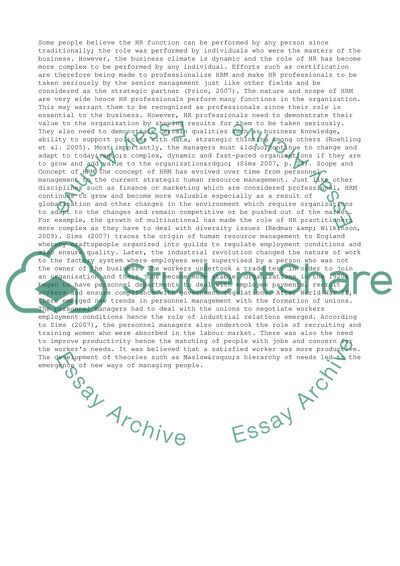Cite this document
(“Human Resource Management Essay Example | Topics and Well Written Essays - 3500 words”, n.d.)
Retrieved de https://studentshare.org/management/1391730-contemporary-human-resource-managment-research
Retrieved de https://studentshare.org/management/1391730-contemporary-human-resource-managment-research
(Human Resource Management Essay Example | Topics and Well Written Essays - 3500 Words)
https://studentshare.org/management/1391730-contemporary-human-resource-managment-research.
https://studentshare.org/management/1391730-contemporary-human-resource-managment-research.
“Human Resource Management Essay Example | Topics and Well Written Essays - 3500 Words”, n.d. https://studentshare.org/management/1391730-contemporary-human-resource-managment-research.


